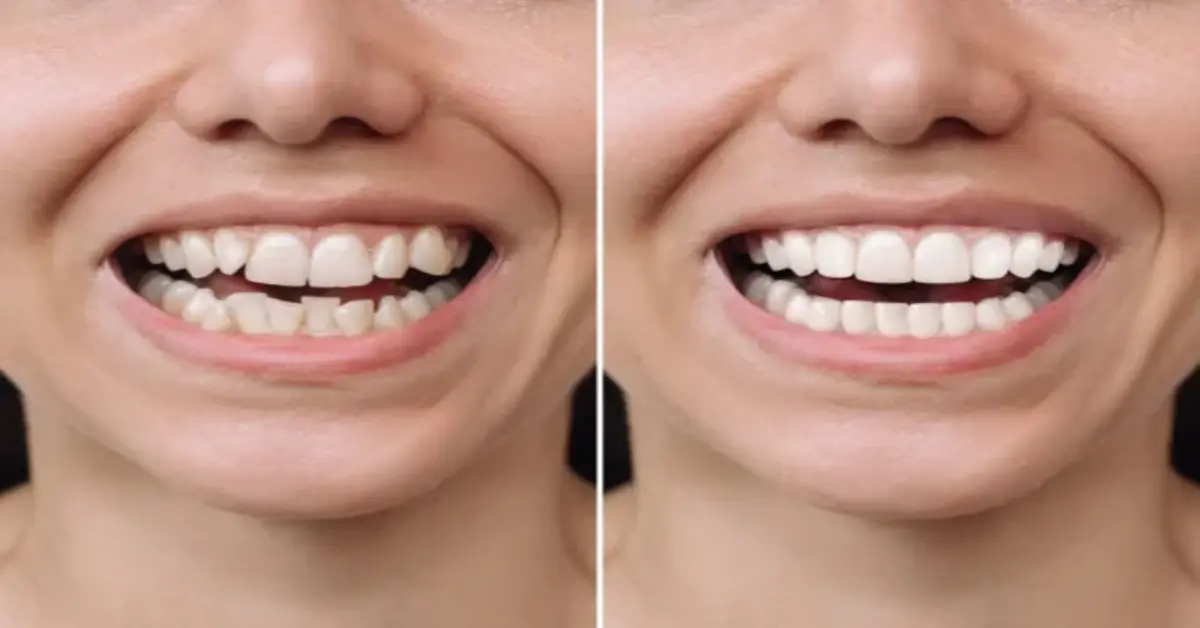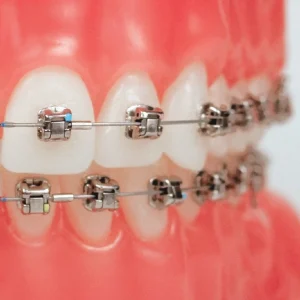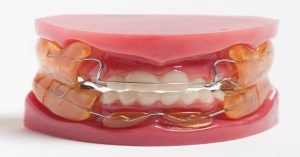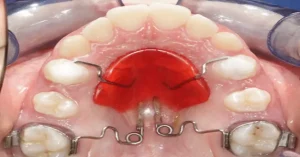Traditional braces vs clear aligners: Let’s find out
Choosing between traditional braces vs clear aligners like Invisalign is a big decision in your smile journey. At AQR Orthodontics, we often get asked: “Which is better—braces or aligners?” The truth is, both options offer effective orthodontic solutions, but they work differently and suit different needs.
Let’s break down everything you need to know about traditional braces vs clear aligners, including pros, cons, treatment speed, costs, and what truly matters—getting expert care from a trusted orthodontist in Dubai like Dr. AQR.
Braces or aligners? first, Understand the basics
Traditional braces: Time-Tested and reliable
Traditional braces use metal or ceramic brackets bonded to the teeth and connected by wires that are periodically adjusted. They’re excellent at applying consistent pressure to move teeth into precise positions.
Clear aligners: Modern, discreet, and removable
Clear aligners (like Invisalign, Spark, etc.) are custom-made plastic trays that gradually shift your teeth into place. They’re nearly invisible and can be removed during meals or while brushing.
Effectiveness: Complex problems call for classic solutions
Braces – Best for complex orthodontic cases
Traditional braces excel at treating:
- Severe crowding or spacing
- Misaligned bites (overbites, underbites, crossbites)
- Rotated or vertically misaligned teeth
- Complex jaw development issues
For these cases, fixed braces allow your orthodontist in Dubai maximum control over tooth movement.
Aligners – Great for mild to moderate corrections
Clear aligners are ideal for:
- Mild to moderate crowding or spacing
- Cosmetic alignment
- Patients seeking a subtle treatment option
While modern aligners can handle more than ever before, they may not suit cases requiring intricate adjustments or jaw correction. A consultation with Dr. AQR at AQR Orthodontics can clarify whether aligners are right for you.
Efficiency: Are clear aligners like Invisalign faster than traditional braces?
It depends. For minor alignment issues, Invisalign or similar aligners can produce results in as little as 6 months. But for complex movements, traditional braces may be faster due to:
- Continuous force application (they work 24/7)
- No reliance on patient compliance
- Greater mechanical control for your orthodontist
At AQR Orthodontics, we tailor your treatment plan to your specific goals—whether that means choosing braces, aligners, or a hybrid approach.

Visibility and lifestyle: What matters to you?
Braces: Visible but customizable
While metal braces are visible, many patients (especially teens) enjoy personalizing their bands. Ceramic braces are a more discreet option, but they can stain over time.
Aligners: Virtually invisible
Clear aligners are the winner when aesthetics are a top concern. They’re almost invisible, and being removable gives you flexibility for special occasions. But remember—they must be worn 20–22 hours daily for best results.
Comfort and daily experience: Which is easier to live with?
Braces: Adjustment required
Expect some soreness, especially after adjustments. Brackets and wires can irritate your mouth initially, but protective wax helps. Over time, most patients adapt.
Aligners: Smoother experience
Aligners have no brackets or wires, making them gentler on your cheeks and gums. You may feel mild pressure with each new tray, but no metal means fewer emergencies and less discomfort.
Oral hygiene and maintenance: What’s more convenient?
Braces: Higher maintenance
Brushing and flossing around brackets and wires takes effort. Special tools (like floss threaders or water flossers) are essential. You’ll also need to avoid sticky or hard foods that could damage your braces.
Aligners: Easier hygiene routine
With aligners, just remove them to brush and floss as usual. No dietary restrictions—just remember to clean your trays and wear them consistently. For busy professionals and teens, this can be a game-changer.
Braces vs Aligners cost: What should you expect?
At AQR Orthodontics, we understand budget matters. Here’s a general guide:
Braces:
Cost: AED 5,000–15,000, depending on complexity and type
Ceramic brackets may cost more than metal braces
Typically not covered under insurance plans, but flexible financing is available
Aligners:
Cost: AED 10,000–25,000, depending on the brand and case complexity
Premium options like Invisalign, Spark may be on the higher end
Payment plans available at AQR Orthodontics to ease your treatment investment
Call us now +971568827870
Special cases: Sports, speech, and teenagers
Active Lifestyle? Aligners are removable, which allows the use of standard mouthguards for sports. Braces require special orthodontic mouthguards.
Speech Concerns? Aligners may cause slight lisping initially, but it resolves quickly. Braces generally don’t affect speech much after adjustment.
Teen Compliance? Braces are fixed, so you don’t have to worry about teens forgetting to wear them. Aligners demand consistent responsibility.
Your orthodontist matters more than your appliance
Choosing braces vs Invisalign is just one part of the equation. What truly makes or breaks your orthodontic outcome is the experience and skill of your provider.
At AQR Orthodontics, led by Dr. AQR, we don’t just fit appliances—we deliver personalized care rooted in scientific expertise and attention to detail. We offer:
In-depth digital assessments
Clear treatment plans
Transparent pricing
A modern, patient-friendly experience
Whether you choose traditional braces or clear aligners, we’ll help you make the decision that suits your lifestyle, dental needs, and aesthetic goals.
Ready to start your smile journey? Let’s figure out the right option for you.
Contact AQR Orthodontics, a leading name in orthodontics in Dubai, and schedule your consultation with Dr. AQR, your trusted orthodontist in Dubai. We’re here to help you achieve a confident, healthy smile—your way.












